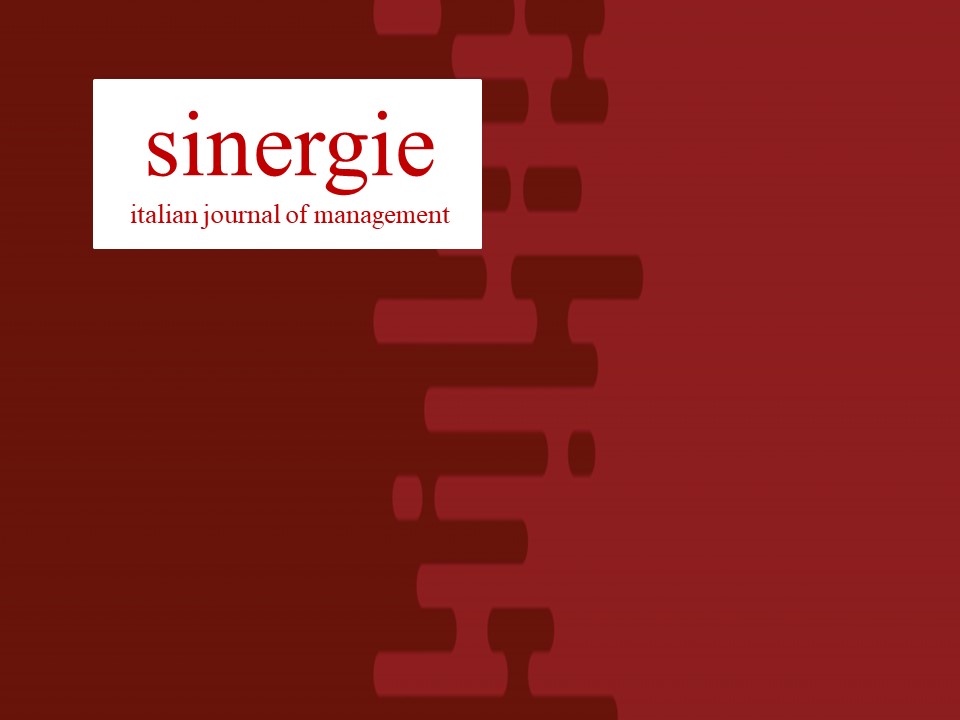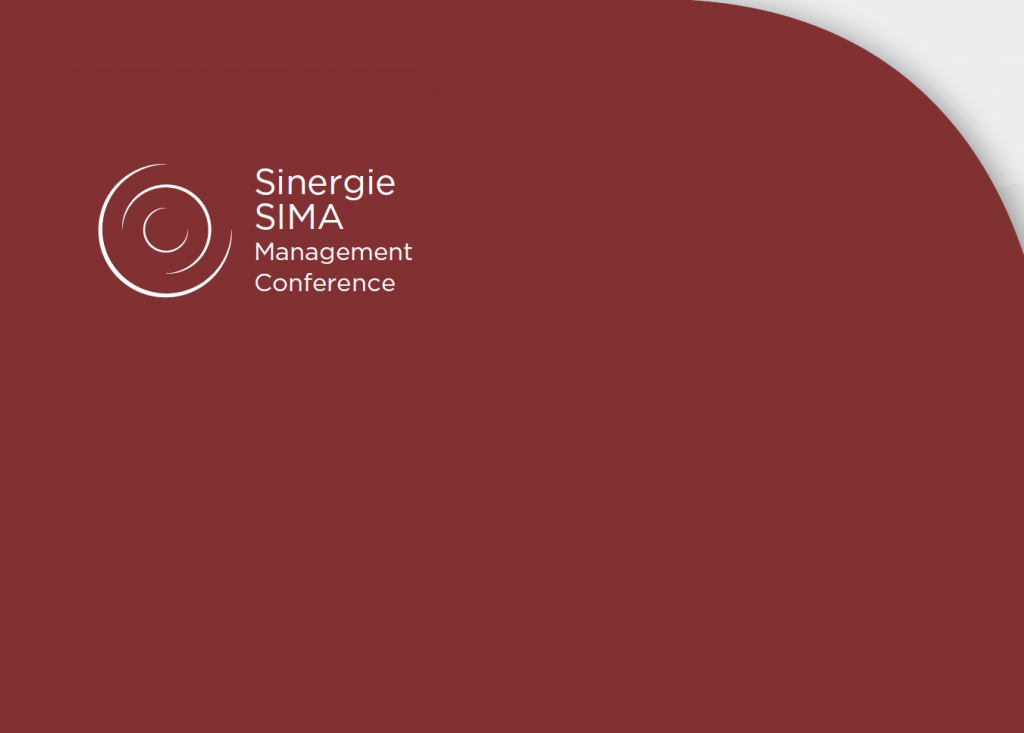The impact of logistics solutions on customer satisfaction: an exploratory qualitative study of manufacturing companies
Purpose of the paper: The main purpose of this paper is to expand the debate concerning the different logistics solutions implemented in order to increase customer satisfaction.
Methodology: This research utilises a multi-case study approach conducted within 12 medium- and large-sized Italian manufacturing companies and the interviews of 16 managers. The interview questions were based on key issues derived from the extant literature.
Findings: Analysing and coding the answers of the managers led to the identification of five theoretical categories of logistics solutions to increase customer satisfaction. Categories such as Supplier with innovative logistics knowledge and skills, Green logistics solutions and Lean and agile solutions were deemed the most important with regards to impact on satisfaction, whereas Reverse logistics solutions and Sharing ICT and logistics performance measurement system were considered less important.
Research limitations: The limitations of this research are mainly linked to the use of a small sample of companies and a qualitative inductive inquiry which has led to more exploratory than validated results.
Implications: Based on the reported results, practitioners who want to implement logistics solutions in manufacturing companies can now choose solutions that will best impact customer satisfaction. For academics the challenge is to further validate the theoretical categories that emerged from this research as hypotheses.
Originality/value of the paper: This paper brings to light original and valuable findings related to the priorities of logistics solutions for customer satisfaction showing unexpected results in terms of impact ranking.
Riferimenti bibliografici
BAZELEY P., JACKSON K. (2013), Qualitative data analysis with NVivo, Sage Publications Limited, London.
BEAMON B.M. (1999), Measuring supply chain performance, International Journal of Operations and Production Management, vol. 19, n. 3, pp. 275-292.
BIENSTOCK C.C., ROYNE M.B., SHERRELL D., STAFFORD T.F. (2008), An expanded model of logistics service quality: Incorporating logistics information technology, International Journal of Production Economics, vol. 113, n. 1, pp. 205-222.
BOWERSOX D.J., CLOSS D.J., COOPER M.B. (2002), Supply chain logistics management (vol. 2), McGraw-Hill, New York.
CERMAK D.S., FILE K.M., PRINCE R.A. (2011), Customer participation in service specification and delivery, Journal of Applied Business Research, vol. 10, n. 2, pp. 90-97.
CHIARINI A. (2014), Strategies for developing an environmentally sustainable supply chain: differences between manufacturing and service sectors, Business Strategy and the Environment, vol. 23, n. 7, pp. 493-504.
CHOI T.Y., EBOCH K. (1998), The TQM paradox: relations among TQM practices, plant performance, and customer satisfaction, Journal of Operations Management, vol. 17, n. 1, pp. 59-75.
DEKKER R., BLOEMHOF J., MALLIDIS I. (2012), Operations Research for green logistics-An overview of aspects, issues, contributions and challenges, European Journal of Operational Research, vol. 219, n. 3, pp. 671-679.
DEL BALDO M. (2011), Logistica: punto di incontro o di scontro tra old e new economy?, Sinergie, n. 57, pp. 87-105.
EUROPEAN UNION REGULATION (2008), Regulation n. 1272/2008. Regulation on classification, labelling and packaging of substances and mixtures, amending and repealing Directives 67/548/EEC and 1999/45/EC, and amending Regulation (EC) n. 1907/2006.
FLEISCHMANN M., KRIKKE H.R., DEKKER R., FLAPPER S.D.P. (2000), A characterisation of logistics networks for product recovery, Omega, vol. 28, n. 6, pp. 653-666.
FLINT D.J., BLOCKER C.P., BOUTIN JR P.J. (2011), Customer value anticipation, customer satisfaction and loyalty: An empirical examination, Industrial Marketing Management, vol. 40, n. 2, pp. 219-230.
FLYVBJERG B. (2006), Five Misunderstandings About Case-Study Research, Qualitative Inquiry, vol. 12, n. 2, pp. 219-245.
GENCHEV S.E., RICHEY R.G., GABLER C.B. (2011), Evaluating reverse logistics programs: a suggested process formalization, The International Journal of Logistics Management, vol. 22, n. 2, pp. 242-263.
GRIFFIN A., GLEASON G., PREISS R., SHEVENAUGH D. (1995), Best practice for customer satisfaction in manufacturing firms, Sloan Management Review, vol. 36, n. 2, available at: http://sloanreview.mit.edu/article/best-practice-for-customer-satisfaction-in-manufacturing-firms/
GUNASEKARAN A., PATEL C., TIRTIROGLU E. (2001), Performance measures and metrics in a supply chain environment, International journal of operations and production Management, vol. 21, n. 1/2, pp. 71-87.
GUNASEKARAN A., PATEL C., MCGAUGHEY R.E. (2004), A framework for supply chain performance measurement, International journal of production economics, vol. 87, n. 3, pp. 333-347.
KHAN M.S., NAUMANN E., WILLIAMS P. (2012), Identifying the key drivers of customer satisfaction and repurchase intentions: An empirical investigation of Japanese B2B services, Journal of Consumer Satisfaction, Dissatisfaction and Complaining Behavior, vol. 25, n. 3, pp. 159-178.
KHURANA H., SOHAL J.S. (2011), Implementation of New Management Agile Technique for Reducing Overtime and Increasing Customer Satisfaction Hossain, International Journal of Engineering Science and Technology, vol. 3, n. 1. pp. 238-241.
KRISTIANTO Y., AJMAL M.M., SANDHU M. (2012), Adopting TQM approach to achieve customer satisfaction: A flour milling company case study, The TQM Journal, vol. 24, n. 1, pp. 29-46.
LAI K.H., CHENG T.E. (2009), Just-in-time logistics, Gower Publishing, Ltd, Burlington.
LOFLAND J., LOFLAND L.H. (1995), Analyzing Social Settings: A Guide to Qualitative Observation and Analysis, Wadsworth, Belmont CA.
LUN Y.V., LAI K.H., CHENG T.C.E., SHANG K.C. (2015), Examining the influence of organizational capability in innovative business operations and the mediation of profitability on customer satisfaction, International Journal of Production Economics, Article in press.
MCKINNON A., BROWNE M., WHITEING A. (2012), Green logistics: Improving the environmental sustainability of logistics, Kogan Page Publishers, New York.
MEYBODI M.Z. (2015), The links between just-in-time practices and alignment of benchmarking performance measures, The TQM Journal, vol. 27, n. 1 (Article in press).
MURPHY P.R., POIST R.F., BRAUNSCHWEIG C.D. (1996), Green logistics-comparative views of environmental progressives, moderates and conservatives, Journal of Business Logistics, vol. 17, n. 1, pp. 191-211.
MURPHY P.R., POIST R.F. (2000), Green logistics strategies: an analysis of usage patterns, Transportation Journal, vol. 40, n. 2, pp. 5-16.
ORLIKOWSKI W., BAROUDI J.J. (1991), Studying information technology in organisations: research approaches and Assumptions, Information Systems Research, vol. 2, pp. 1-28.
ROGERS D.S., TIBBEN?LEMBKE R. (2001), An examination of reverse logistics practices, Journal of Business Logistics, vol. 22, n. 2, pp. 129-148.
SBIHI A., EGLESE R.W. (2007), Combinatorial optimization and green logistics, 4OR, vol. 5, n. 2, pp. 99-116.
SBIHI A., EGLESE R.W. (2010), Combinatorial optimization and green logistics, Annals of Operations Research, vol. 175, n. 1, pp. 159-175.
SHARMA A., GREWAL D., LEVY M. (1995), The customer satisfaction/logistics interface, Journal of Business Logistics, vol. 16, n. 1, pp. 14-21.
STANK T.P., GOLDSBY T.J., VICKERY S.K., SAVITSKIE K. (2003), Logistics service performance: estimating its influence on market share, Journal of Business Logistics, vol. 24, n. 1, pp. 27-55.
TRACEY M., LENG TAN C. (2001), Empirical analysis of supplier selection and involvement, customer satisfaction, and firm performance, Supply Chain Management: An International Journal, vol. 6, n. 4, pp. 174-188.
VONA R. (2011), Riflessioni sul concetto di distretto logistico, Sinergie, n. 56, pp. 229-250.
ZHANG Q., VONDEREMBSE M.A., LIM J.S. (2005), Logistics flexibility and its impact on customer satisfaction, The International Journal of Logistics Management, vol. 16, n. 1, pp. 71-95.


